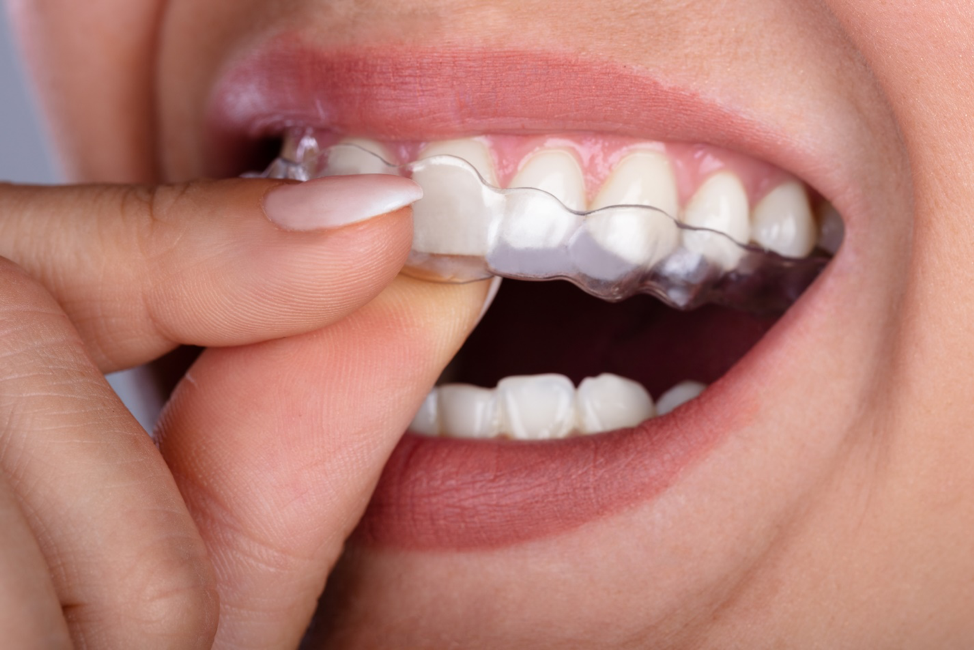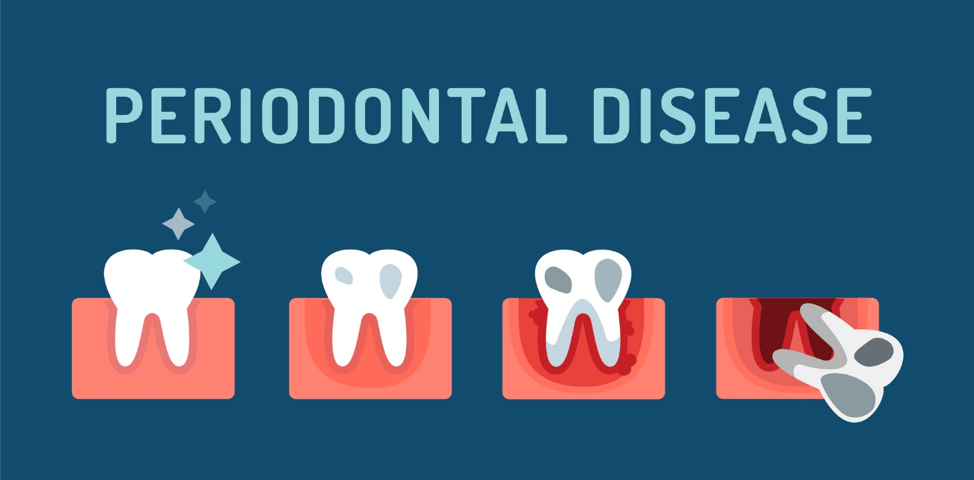
Is Invisalign® as effective as traditional braces?
August 14, 2020
Gum recession? Here’s why the pinhole technique is your best treatment option!
August 28, 2020Because gum disease has four different stages, patients are often confused about their condition. Also referred to as periodontal disease, gum disease is characterized by several symptoms that progress as the disease advances.
If you’ve recently been to the dentist, you may have been told that you have one of the following:
- Gingivitis
- Early periodontitis
- Moderate periodontitis
- Advanced periodontitis
All of these are gum disease, but they appear slightly different and are more severe as you go down the list. Periodontal disease begins when plaque builds up around the teeth and irritates the gums. Over time, the disease attacks the soft and hard tissues that surround the teeth and gums.
In this blog, our Grant Park dentist explains the four stages of gum disease, so you understand exactly what’s happening in your mouth and how it should be treated.
1. Gingivitis
Gum disease always begins as gingivitis. It is commonly referred to as “a little pink in the sink” because its most noticeable symptom is bleeding gums. Patients also experience inflamed and red gums.
At this point, ramping up your oral hygiene routine may undo the symptoms of gum disease. However, we recommend visiting the dentist at the first sign of gingivitis. A thorough dental cleaning from our hygienist can quickly balance the bacteria in your mouth and restore it to health.
2. Early periodontitis
Unlike gingivitis, the second stage of gum disease isn’t reversible. At this point, the disease-causing bacteria have attacked the bone, leading to bone loss. In addition to this, patients will continue to experience red, irritated, and bleeding gums and may also experience excessive bad breath.
Treatment for early periodontitis includes a deep dental cleaning, also called scaling and root planing. This involves removing the tartar along the gum line and clearing out the bacteria from below the gum line.
3. Moderate periodontitis
During this stage of the disease, the bacteria dive further and further below the gum line, attacking more of the bones, bloodstream, and immune system. Patients will continue to experience the same symptoms, along with dental sensitivity.
Moderate periodontitis is also treated by scaling and root planing.
4. Advanced periodontitis
In the last stage of gum disease, the infection has spread throughout the mouth and continues to attack the soft and hard tissues of the mouth. At this point, the infection is so severe that the patient’s teeth loosen and may even fall out. This is mostly due to gum recession that causes spacing and gaps between the teeth. Patients may also notice pus oozing from beneath their gums.
Treatment for advanced periodontal disease includes a deep dental cleaning and possibly gum grafting. If left untreated, teeth may need to be removed and replaced with dentures.
Preventing Gum Disease
Though gum disease is common, it isn’t inevitable. Most of the time, gum disease can be prevented by good oral hygiene and regular visits to the dentist. We also recommend eating a tooth- and- gum-friendly diet which involves reducing sugars and carbs.
Unfortunately, some patients are just more susceptible to the disease because of genetics or hormonal problems.
Gum Disease Prevention and Treatment in Grant Park
At Smiles 4 Grant Park, Dr. Abbey J. Lee is passionate about helping her patients achieve optimal oral health. Our office offers preventive and restorative methods to address periodontal disease.
If you’re experiencing any symptoms of gum disease, don’t wait any longer to receive treatment. Contact us today at (404) 328-7177 to schedule your appointment.


